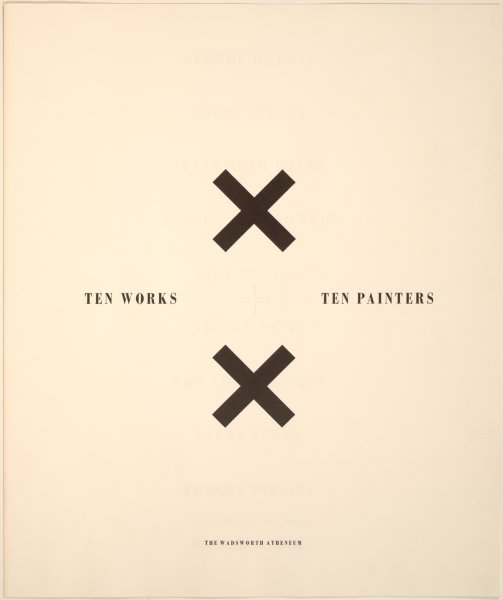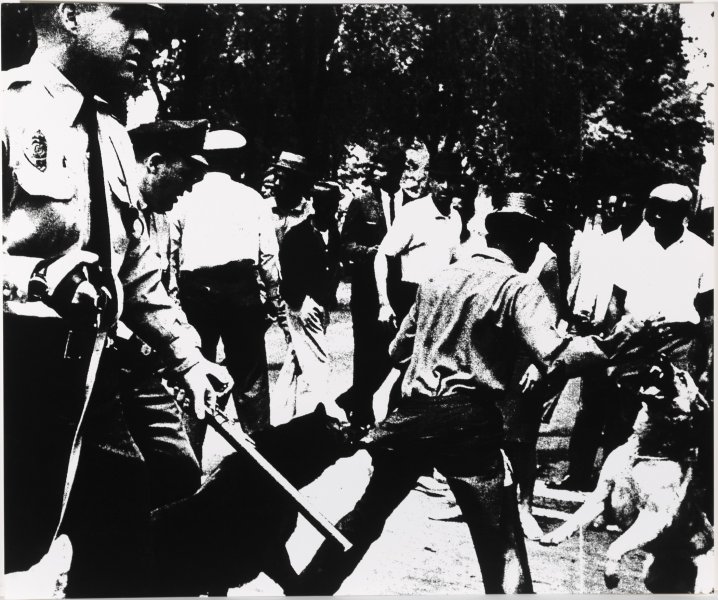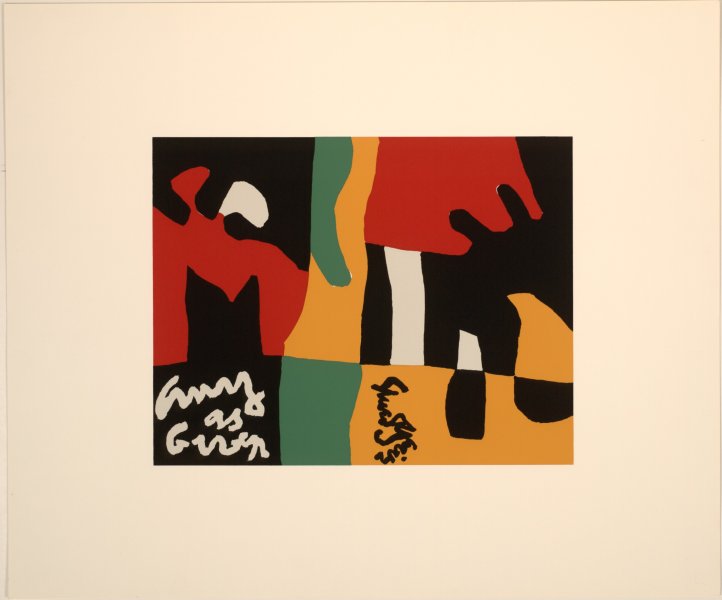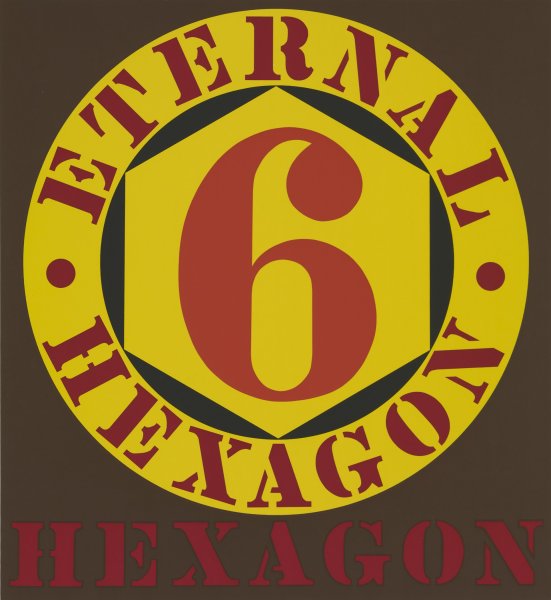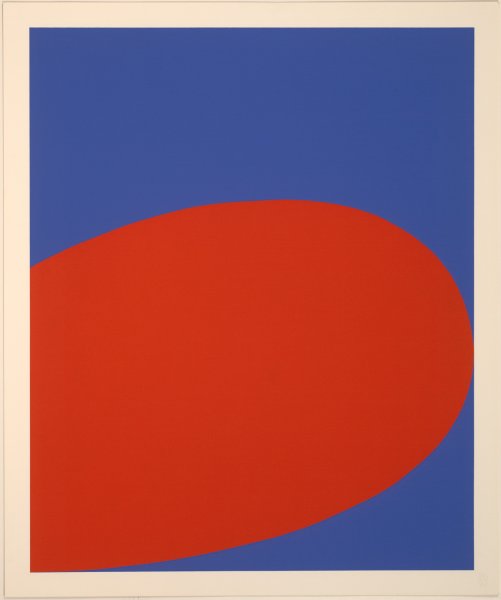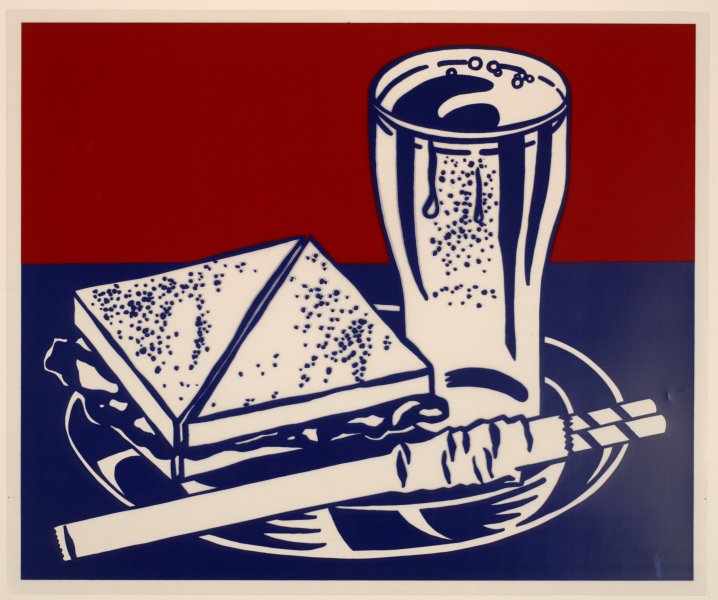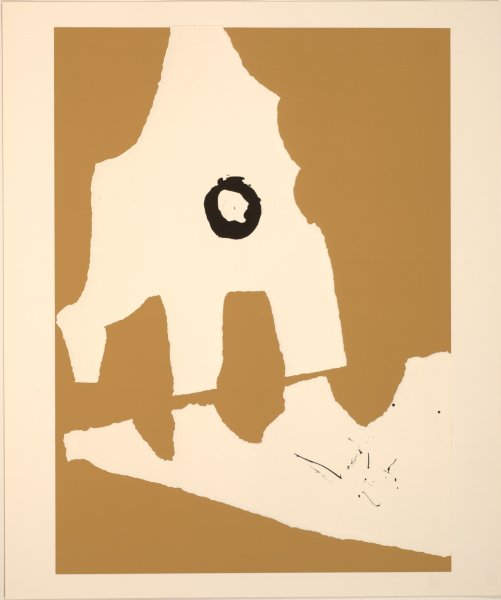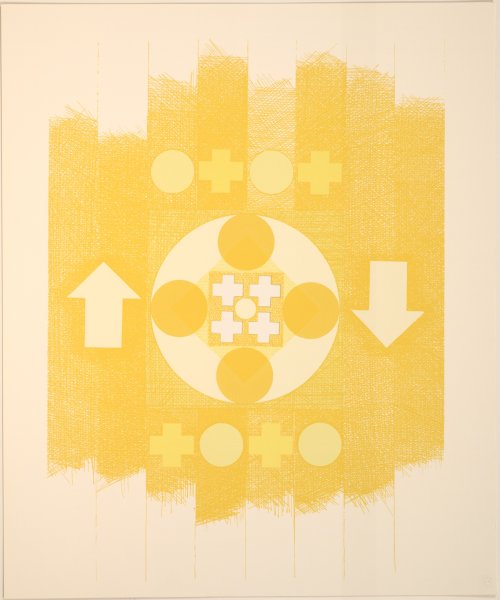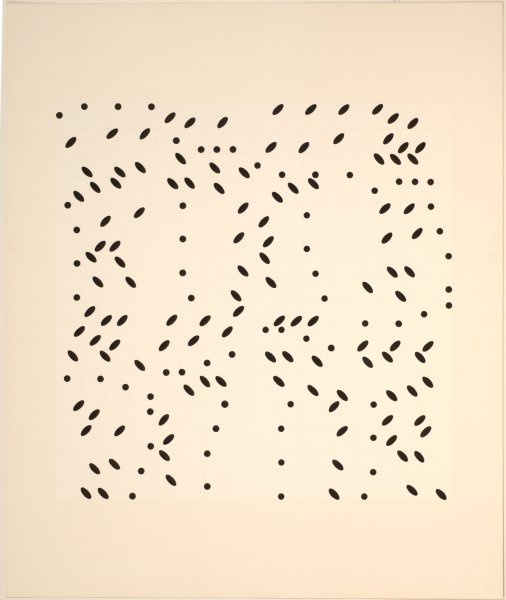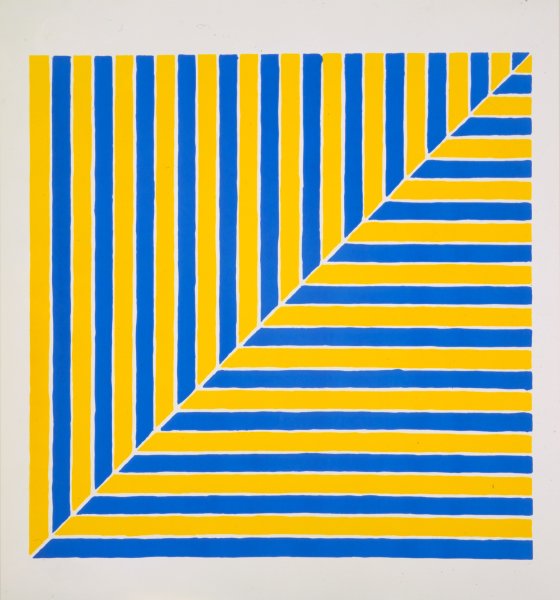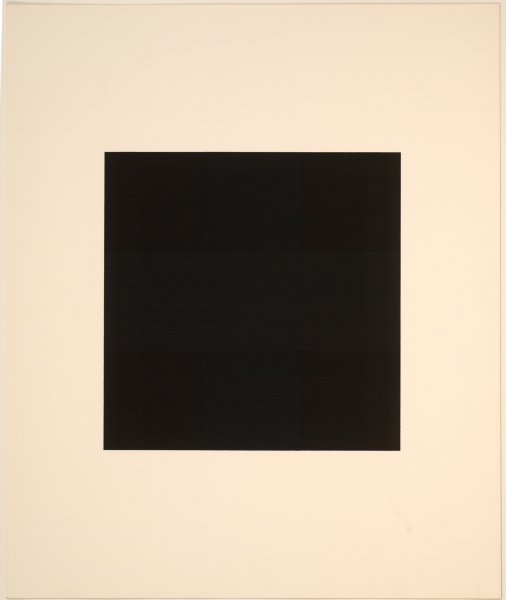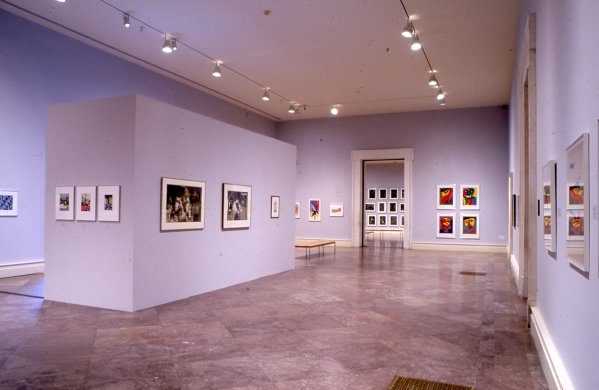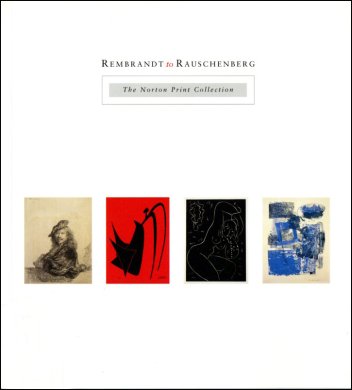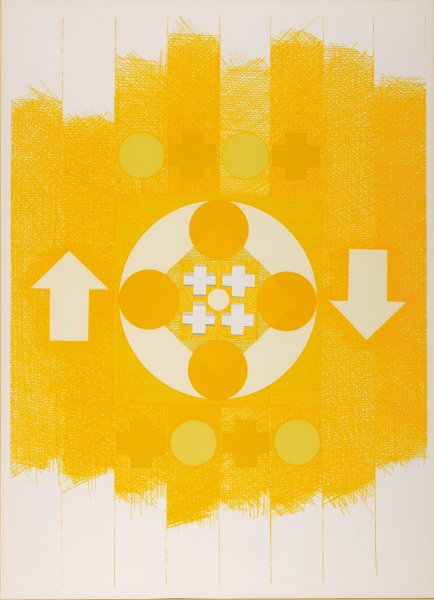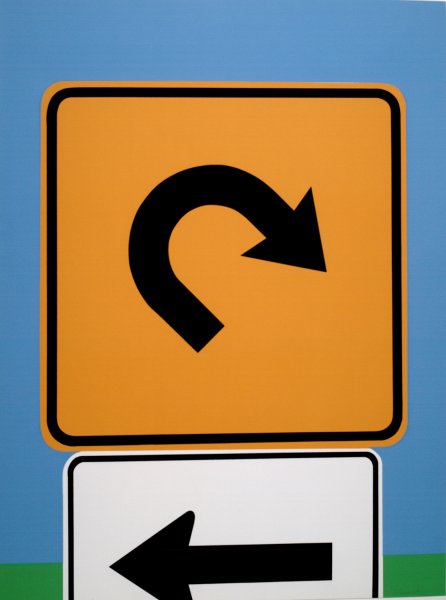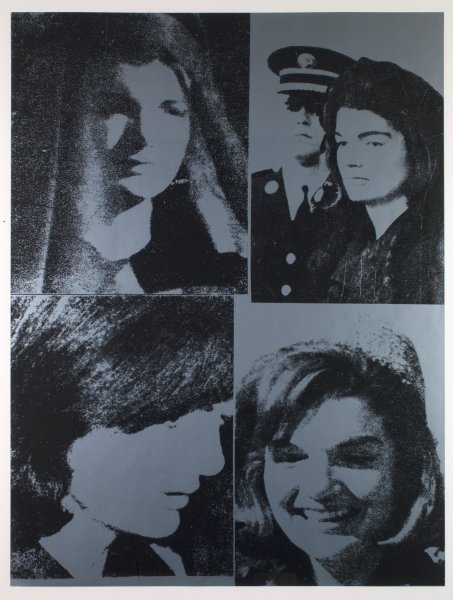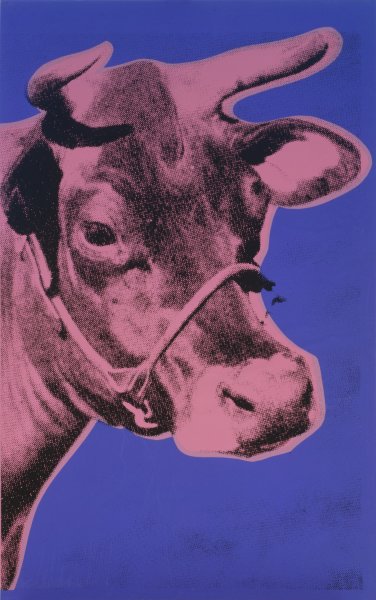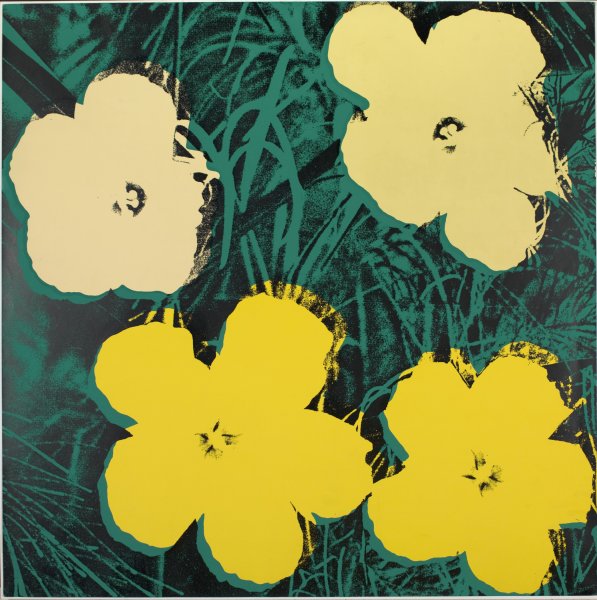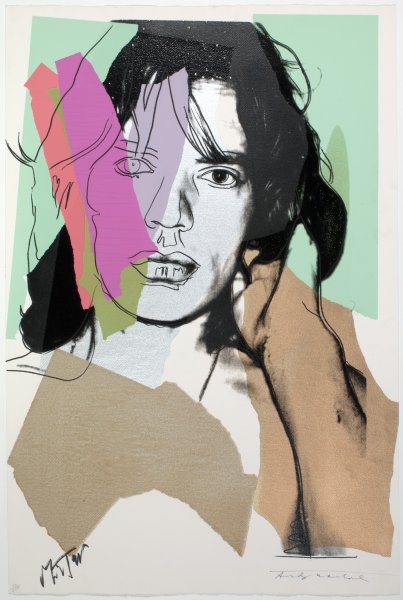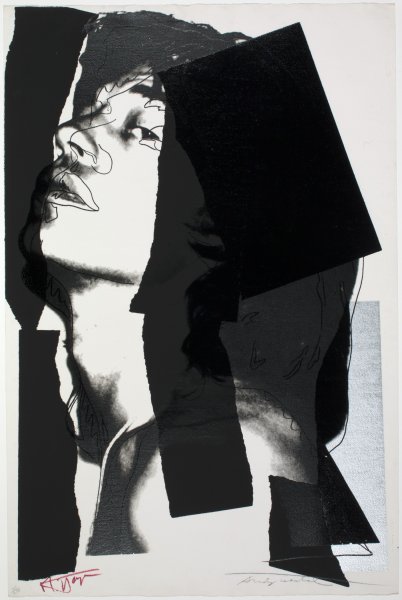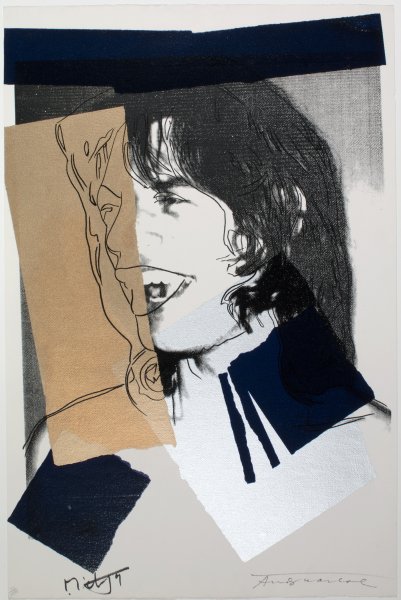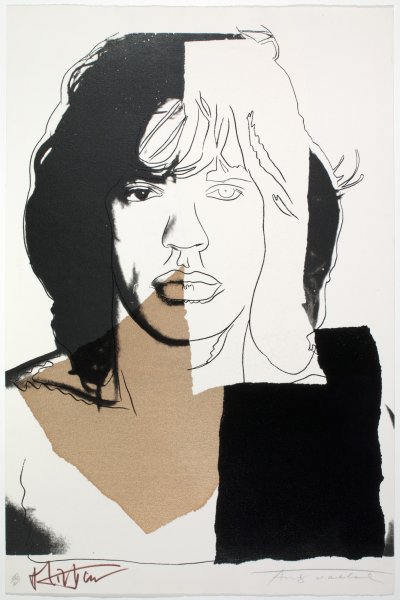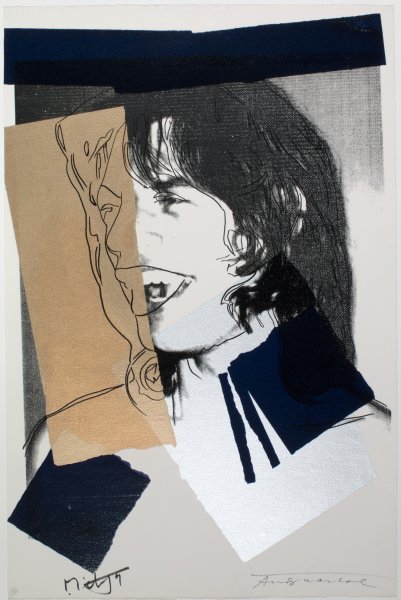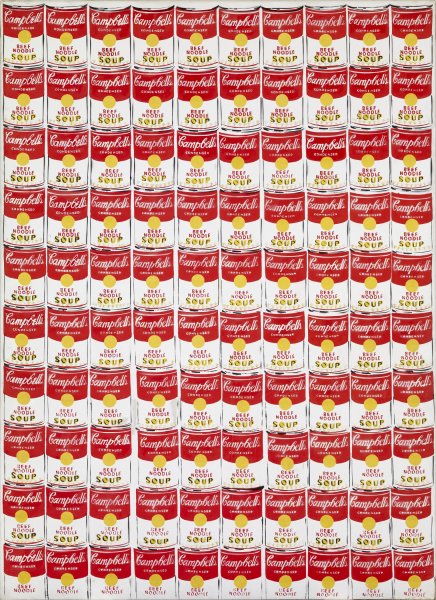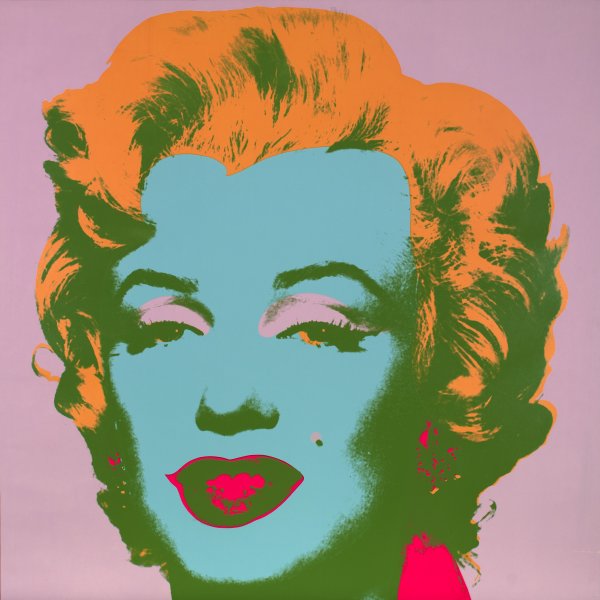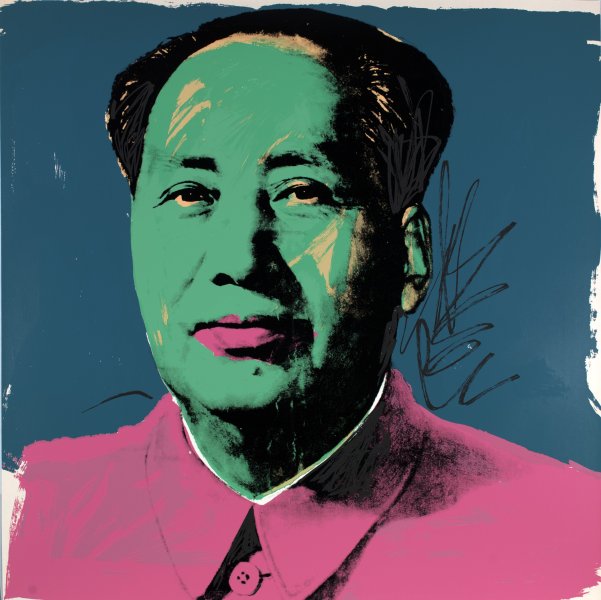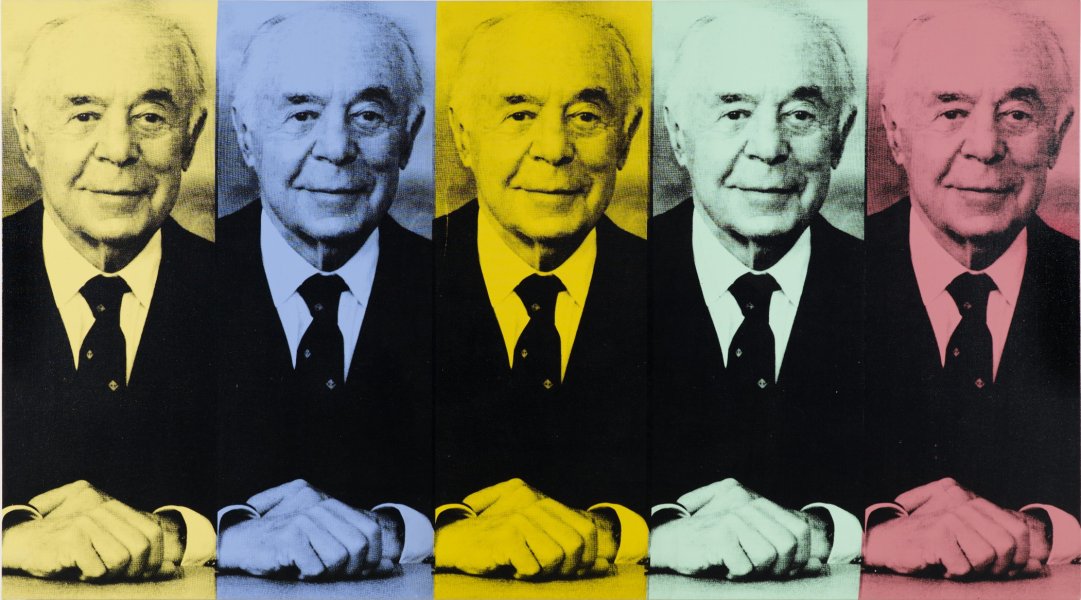Andy Warhol
American, 1928-1987
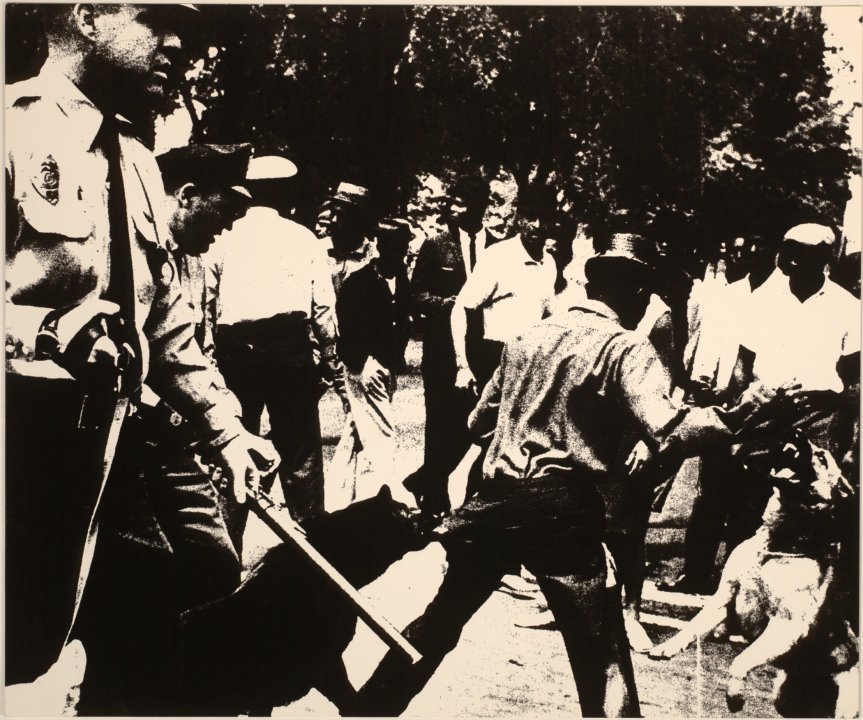
Birmingham Race Riot from the portfolio Ten Works X Ten Painters, 1964
Artwork Details
Materials
screen print
Edition:
238/500 plus 10 artist's proofs
Measurements
sheet; image area: 20 x 23 15/16 inches (50.8 x 60.8 cm); sheet: 20 x 24 inches (50.8 x 60.96 cm)
Collection Buffalo AKG Art Museum
Credit
Gift of Frederic P. Norton, 1999
Accession ID
P1999:6.617.10
Andy Warhol’s work offers an excellent example of exactly where Pop artists found their subject matter, and why they chose to tackle it. Warhol is best known for appropriating everyday objects and images and turning them into art, challenging the notion of what art is supposed to be. He is perhaps best known for his paintings of soup cans, which, he explained, he painted simply because he ate Campbell’s soup for lunch every day. Birmingham Race Riot features a photograph taken by LIFE Magazine photographer Charles Moore during the May 1963 race riots in Birmingham, Alabama. Warhol cropped and blew up a portion of the image, intending not only to emphasize the brutality of racial violence but also to create a work of art from a politically charged photograph. His use of the photograph not only illustrates the racial violence of the 1960s but also challenges the mass media’s desensitization of the American public to the brutal reality of the Civil Rights movement. Warhol often used shocking subject matter, including graphic scenes of automobile accidents and images of an electric chair, to underscore how the American public and the media treat tragedies as public spectacles.
Label from Sweet Dreams, Baby! Life of Pop, London to Warhol, May 31–September 8, 2013
